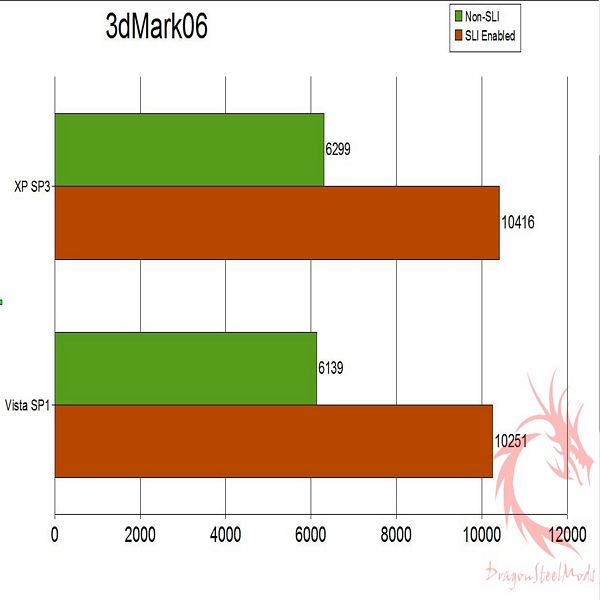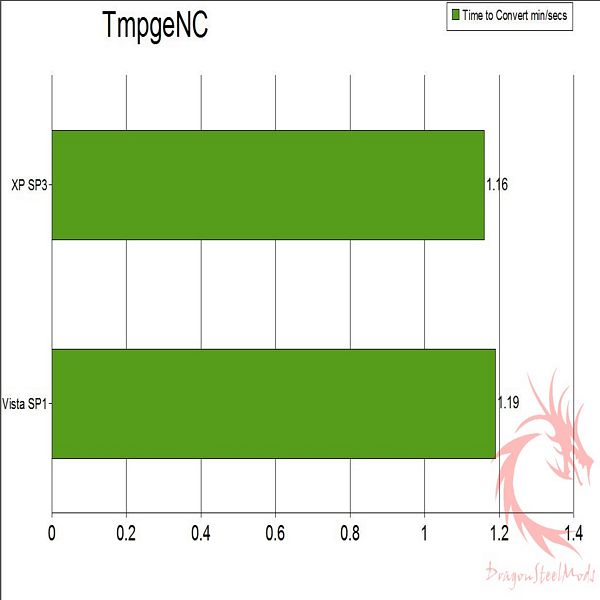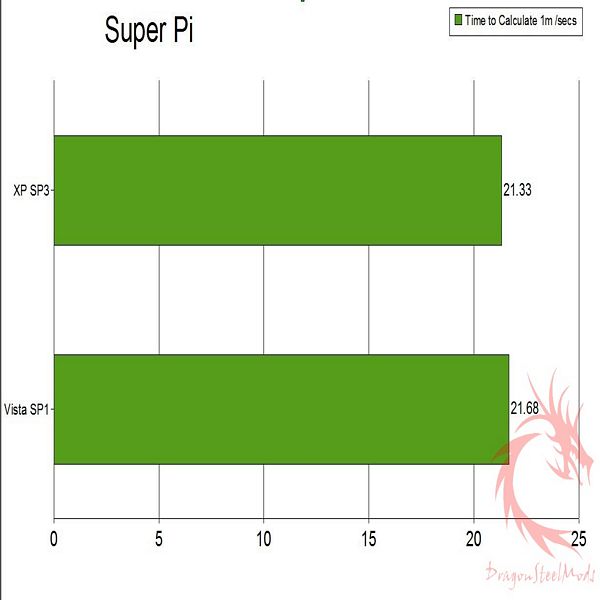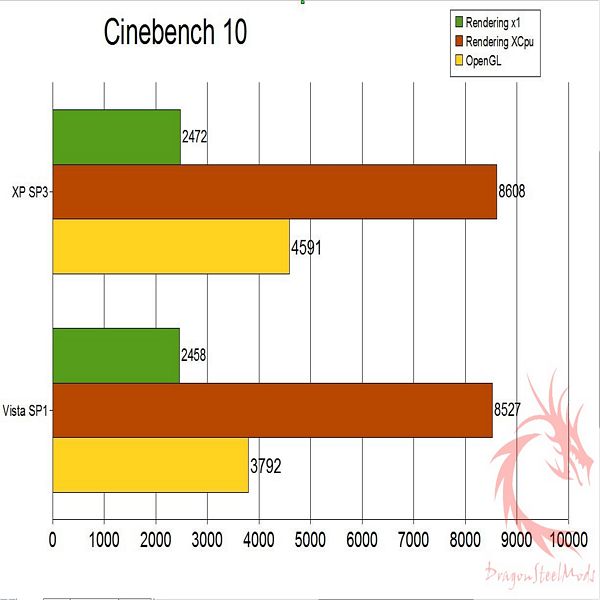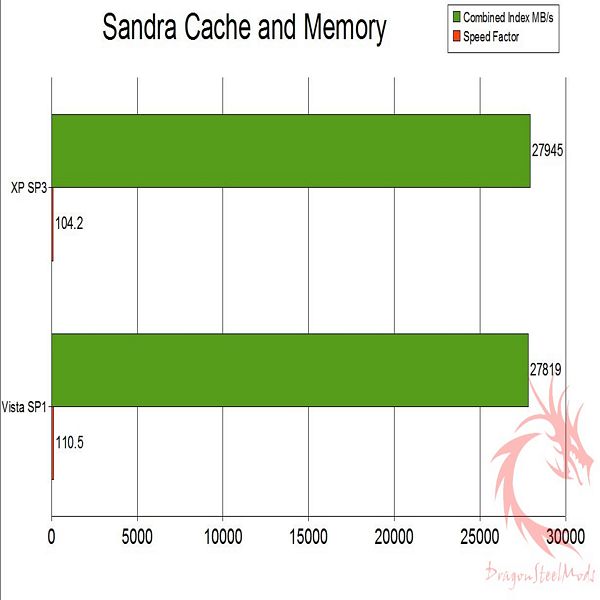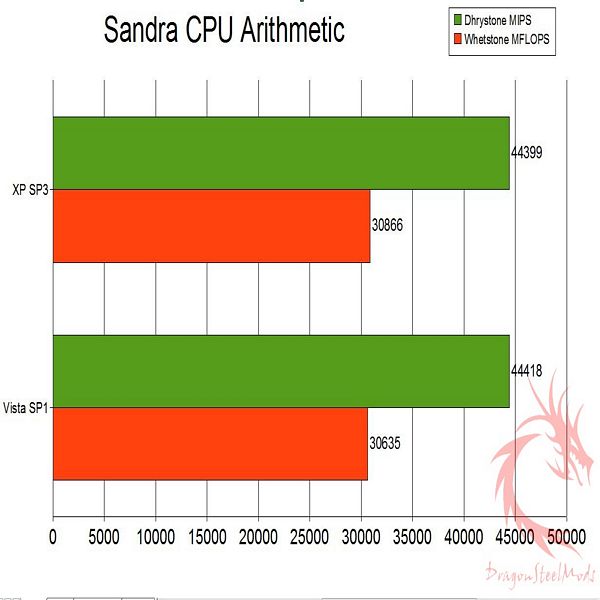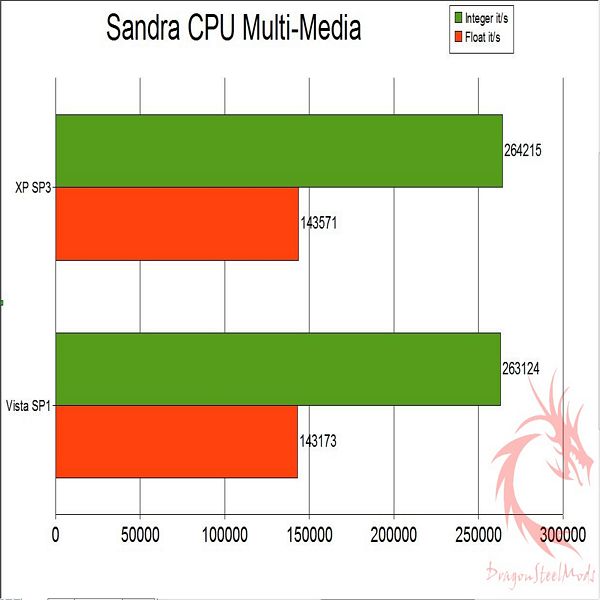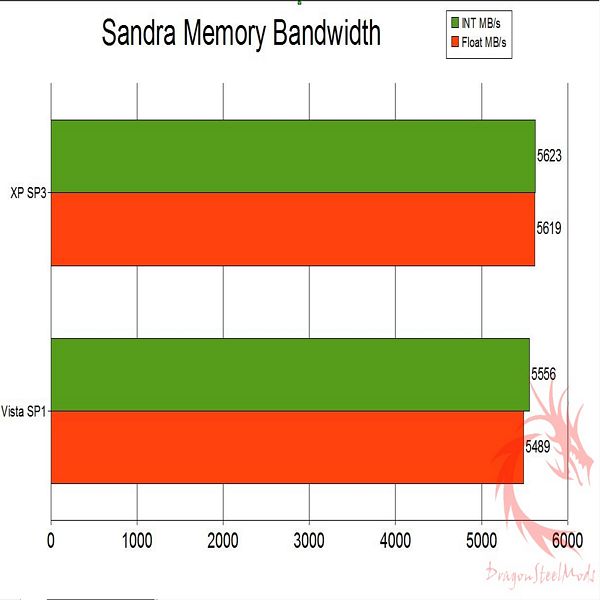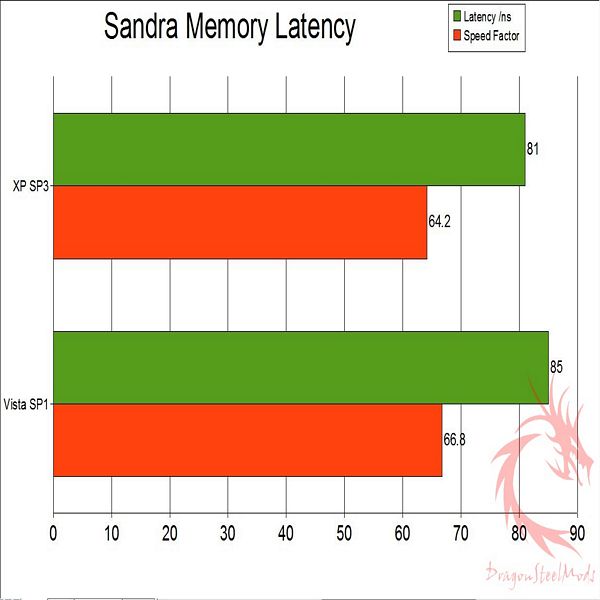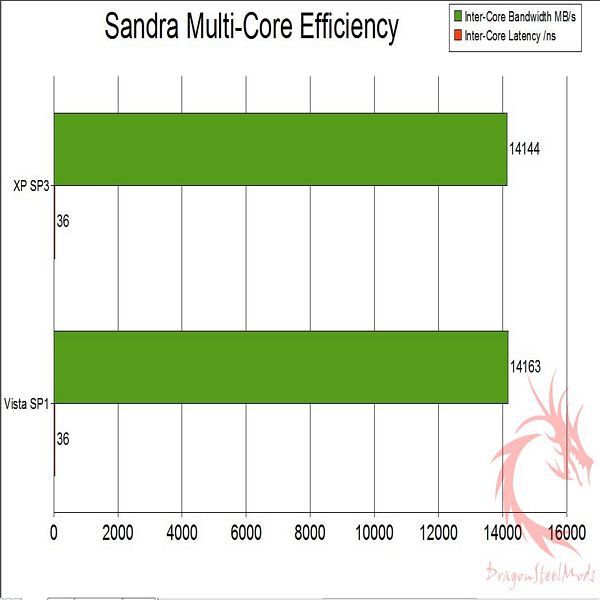Since I ran the comparisons on the service pack updates for Windows Vista and Windows XP I thought it might be interesting to combine those results into one brief article comparing the two and see how they stand up against each other. I had a few comments and emails about comparing them so I thought why not, and besides I was curious myself…
I'm using Vista presently as my main OS because it just seems quicker and snappier than XP does, but there are a few things that I'm still not happy with about Vista.
However, there are two main things I hate about Vista, the first is the new picture viewer, gone is Windows Picture and Fax Viewer which I really liked. I've read that I can get it back if I install Office 2003, but I've got 2007 installed and really don't want to downgrade, honestly I don't even use it I use Open Office for everything office related but it's nice to have the functionality of Microsoft Office if I need it. The main problem I have with Windows Photo Gallery is the fact that each time I click on a picture it opens a new instance or window of it, doing reviews I take and look at hundreds of pictures and go through and delete those not needed or wanted. With Picture and Fax Viewer it opened in the same window for each picture I clicked and I truly liked that about it, but now I end up with numerous windows open and after a while the system actually slows down because of it. If anyone knows a fix for this please let me know it would be greatly appreciated.
The second complaint is renaming files, in XP I can sort through my pictures, re-arrange them in the order I want, select them all and hit rename, XP renames them sequentially for me the way I want them. When I do the same thing in Vista for whatever reason it decides to rearrange them as well, and it's in no logical order from what I can see, it will move the last picture to the number one space and move a few others around as well. I can't figure out what it's doing or why it's doing it, again here if anyone knows a fix for this please let me know…
Other than that I'm happy with Vista, so let's just continue on to the comparison of the two in terms of performance in benchmarks and tests…
Vista SP1 vs XP SP3 Comparison
Author: Kristofer Brozio
{mospagebreak title=Basic Info}
Basic Info:
My system basically consists of:
Intel C2Q6600 running at Stock 2.4Ghz
EVGA nForce 680i Motherboard (122-CK-NF63-TR)
OCZ DDR2 PC2-6400 SLI-Ready Edition Dual Channel 2Gigs
(-EPP mode with 4-4-4-15 1T timings)
The operating systems are on separate hard drives, both are 200gig SATA drives, one is a Seagate the other is a Maxtor.
-Vista Ultimate 32-bit Operating System
-Windows XP 32-bit Operating System
All tests were run three times and then averaged out.
All drivers etc are the latest versions.
Readyboost was not used during any of the testing.
Disks were cleaned and de-fragmented before and after installing Service Pack 1, and the same for Service Pack 3 on Windows XP.
{mospagebreak title=Testing and Comparison- Video, Pi, Encoding etc}
Testing and Comparison- Video, Pi, Encoding etc:
First test would be 3dMark06 , I don't think any introduction is needed, everyone knows what this program is and does, 3dMark06 was run both SLI Enabled and Not Enabled.
Not much of a real difference at all, only a few points better with Xp SP3, but still we can see that according to 3Dmark06 Vista does lack a bit in gaming…
The next test is video encoding or recoding as the case may be, using TMPGEnc to to see how long it takes to encode or re-encode a video file. The file is an AVI file that is being converted to MPG. It is 3 minutes and 48 seconds long, with 5720 frames and is 70.5 MB in size. Of course here again the lower the score the better.
meh.. 3 seconds difference, to me that doesn't matter much, to others though it might.. eh whatever…
Next test is SuperPi Mod 1.5, the time to calculate to 1 million.
were talking 10ths of seconds here.. does it matter that much?
Next up we have Cinebench 10,
How Does MAXON CINEBENCH Work?
The test procedure consists of two main components: The first test sequence is dedicated to the computer's main processor. A 3D scene file is used to render a photo-reaslistic image. The scene makes use of various CPU-intensive features such as reflection, ambient occlusion, area lights and procedural shaders. In the first run, the benchmark only uses one CPU (or CPU core), to ascertain a reference value. On computers that have multiple CPUs or CPU cores and on those who simulate multiple CPUs (via HyperThreading or similar technolgies), MAXON CINEBENCH will run a second test using all available CPU power.
The second test measures graphics card performance and is run inside the 3D editor window. The project file used can test all graphics cards that support the OpenGL standard. This scene places medium to low demands on graphics cards and tests the maximum speed with which the scene can be properly displayed.
-Results viewed as Higher is Better
Both XP and Vista are close in terms of CPU rendering but when it comes to OpenGL we see Vista fall quite a bit behind, not sure as to why this happened… but I'm sure someone does…. and the answer is not 'because Vista sucks' either.
{mospagebreak title=Testing and Comparison -SiSoft Sandra}
Testing and Comparison- SiSoft Sandra:
Now onto SiSoft Sandra XI SP3 testing, Sandra can tell you a whole lot about your system, it's really a great suite of tools that everyone should have installed…
SiSoft Sandra Cache and Memory test
Benchmark the processors' caches and memory access (transfer speed).
Combined Index: is a composite figure representing the overall performance rating of the entire Cache-Memory performance in terms of MB/s. The value is the logarithmic average of all the results for the entire address space. (Higher is better, i.e. better performance)
Speed Factor: is a figure representing the speed differential between the CPU’s cache and memory. The value is the ratio of the fastest cache (i.e. L1) bandwidth to the main memory bandwidth. (Lower is better, i.e. the memory is not very much slower than CPU’s cache)
Fairly close results overall, no one would really notice the difference.
CPU Arithmetic Benchmark
Benchmarks the ALU and FPU processor units. Shows how your processors handle arithmetic and floating point instructions.
Results Interpretation : Higher index values are better.
again we see fairly close results at benchmark testing levels, you'll never notice these differences in the 'real world', you won't be able to 'feel' them
Processor Multi-Media
Benchmark the (W)MMX, SSE/2/3/4 processor units. Shows how your processors handle multi-media instructions and data in comparison to other typical processors.
Such operations are used by more specialized software, e.g. image manipulation, video decoders/encoders, games.
Results Interpretation : Higher index values are better
and here also, close scores again.. but we can see Vista lags behind so far in the testing.
Memory Bandwidth Benchmark
Benchmarks the memory bandwidth of your computer.
Results Interpretation : Higher index values are better.
Yet again we've got close results with Vista still lagging behind a bit.
Memory Latency Benchmark.
Benchmark the latency (response time) of processors' caches and memory
The latency of caches is measured in processor clocks (i.e. how many clocks it takes for the data to be ready) as it is dependent on the processor clock speed.
The latency of memory is measured in nanoseconds as it is typically independent on processor clock speed.
Results Interpretation : Lower index values are better.
and no surprises here, Vista SP1 yet again lags behind XP SP3
Multi-Core Efficiency
Benchmark the multi-core efficiency of the processors. Shows how efficient the processor cores and their inter-connects are in comparison to other types to other typical processors.
The ability of the cores to process data blocks and pass them to another core for processing (producer-consumer paradigm) of different sizes and different chain sizes is measured. The efficiency of the inter-connect between cores is thus benchmarked; however, the number of cores (and processors) also counts as more data buffers can be processed simultaneously (aka "in flight").
True multi-core processors that have shared L2/L3 caches will thus perform much better than cores that have separate caches and are connected by the traditional FSB.
Inter-Core Bandwidth :Results Interpretation : Higher index values are better.
Inter-Core Latency :Results Interpretation : Lower index values are better.
in the final test we see Vista actually taking the lead, but it's a very minuscule lead though….
Summary and Comments
As you can see from the comparisons at the level these benchmarks run, XP XP3 is clearly the better choice, but in the real world you'll never 'feel' the differences shown here.
The differences are so small in reality that there really isn't a clear 'winner' in these comparisons, but of course you can draw your own conclusions, I just run the tests and draw the graphs for information purposes…
This is also comparing XP 32bit to Vista 32bit, some might say well you should be comparing Vista 64bit to it, but that's not comparing equally, I would have to compare XP64 to Vista64 really for a good comparison a 64bit operating systems.
Do nanoseconds, milliseconds and tenths of seconds really matter to you that much? If so then you'll be choosing XP as your OS of choice, for now as I said I'm happy with Vista.
I am thinking though of moving over to Vista 64bit, basically because of the ability to use 4gigs plus of ram, other than that I don't see where there would be any differences.


